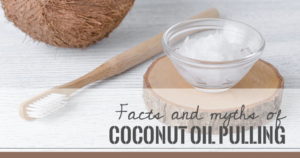June is National Headache Awareness Month
According to the National Institute for Occupational Safety and Health, pain costs American businesses $100 billion annually in lost workdays, medical expenses and other benefits. It’s no easier on the thousands of workers who remain home from their jobs every day due to debilitating neck and head pain resulting from migraine or tension headaches. Many of these people are not just staying home and taking aspirin; but are in the fetal position in their closet. According to the National Headache Foundation, over 45 million Americans suffer from headache pain severe enough to seek help from a physician and approximately 28 million Americans suffer from migraine headaches causing an estimated loss of 157 million workdays.
June is National Headache Awareness Month and here’s a thought to chew on: the pain keeping you from work may be caused by your bite. The basic problem is that the muscles of the face, head and neck have to close the jaws so that the teeth all touch together. If teeth are missing, in the wrong place, or have had a lot of dental work over the years, they may force the jaws and muscles into a position that strains the system. Unfortunately this means that most adults are at risk for this now or in the future. This dysfunction is generally the cause of the pain. (Just like flexing your arm for a second is comfortable, but flexing it for 2-3 minutes starts to hurt; having to hold the teeth together in a poor position will cause pain in the muscles.)
If you experience headaches, facial pain, neck, shoulder and back pain, jaw pain, sore or worn teeth, chipped or broken teeth, clicking or popping in the jaw or limited jaw movement, it could be due to TMD, a treatable condition. In addition to pain, TMD can cause grinding of the teeth, breathing problems and sleep disorders. Traditional training in dentistry and dental schools does not include the science to be able to understand, evaluate and balance the muscles; so not every dentist understands the key role they play in helping treat so many people suffering with pain; advanced neuromuscular training is critical in being able to resolve the chronic pain.



